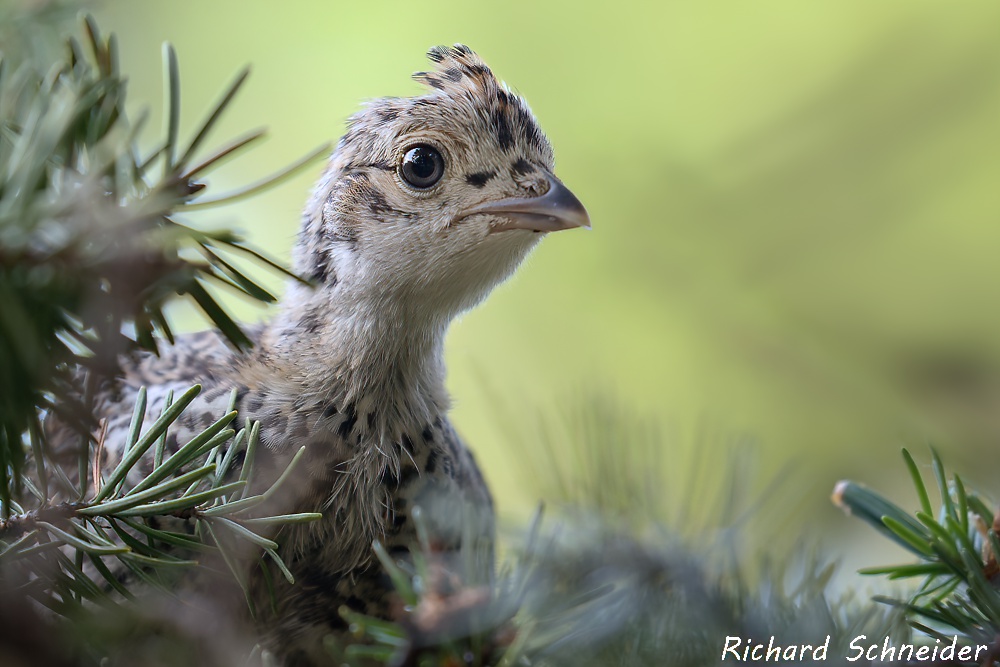Wildlife: Pose
Another factor that contributes to a good wildlife portrait is the subject's pose. This is partly determined by what the subject is doing when the shutter is pressed. Since you can't get a wild animal to pose the way you would like, the solution is to take many photos in succession in the hope of getting one with a pleasing pose. A conventional static portrait with head forward or in profile works fine, but it's even better if you are able to capture the animal engaged in some kind of action. Again, this takes patience and a bit of luck.
The subject’s pose is also affected by the positioning of the camera, which is something you do have control over. Rather than always shooting from a standing position, try to enter your subject’s world. Eye-level is best, and if this means getting down on your belly, so be it. Consider the two examples below. The salamander photo is a typical top-down snapshot and is not very interesting. In contrast, the western toad was photographed with the camera placed on a backpack near ground level, producing a much more intimate and engaging photo.

Lastly, a portrait carries more interest and “life” if the eyes contain a catchlight. A catchlight is light from the sky that is reflected from the subject’s eyes, as illustrated in the grouse photo below. It is mainly determined by the positioning of the head relative to the camera and light source. Like other aspects of pose, it’s mainly a matter of finding a good position for the camera and then taking many photos to get a few that work well.

